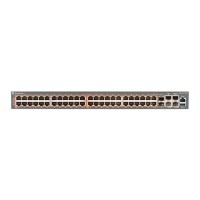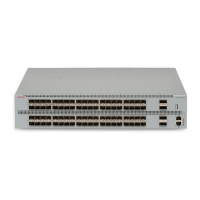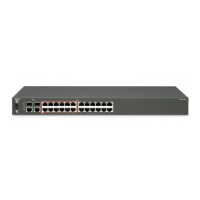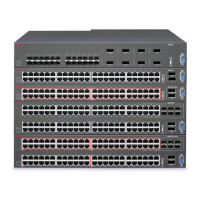Glossary
attenuation The decrease in signal strength in an optical fiber caused by absorption and
scattering.
bit error rate (BER) The ratio of the number of bit errors to the total number of bits transmitted
in a specific time interval.
cable plant All the optical elements, such as fiber connectors and splices, between a
transmitter and a receiver.
coarse wavelength
division multiplexing
(CWDM)
A technology that uses multiple optical signals with different wavelengths to
simultaneously transmit in the same direction over one fiber, and then
separates by wavelength at the distant end.
demultiplexing The wavelength separation in a wavelength-division multiplexing system.
The opposite of multiplexing.
dense wavelength
division multiplexing
(DWDM)
A technology that uses many optical signals (16 or more) with different
wavelengths to simultaneously transmit in the same direction across one
fiber, and then separate by wavelength at the distant end.
dispersion The broadening of input pulses as they travel the length of an optical fiber.
The following types of dispersion exist:
• modal dispersion—caused by the many optical path lengths in a
multimode fiber
• chromatic dispersion—caused by the differential delay at various
wavelengths in an optical fiber
• waveguide dispersion—caused by light traveling through both the core
and cladding materials in single-mode fibers
gigabit Ethernet
(GbE)
Ethernet technology with speeds up to 10 Gbps.
light emitting diode
(LED)
A semiconductor diode that emits light when a current passes through it.
media A substance that transmits data between ports; usually fiber optic cables or
category 5 unshielded twisted pair (UTP) copper wires.
July 2015 Installing Transceivers and Optical Components on Avaya ERS 3500 Series 59
Comments on this document? infodev@avaya.com

